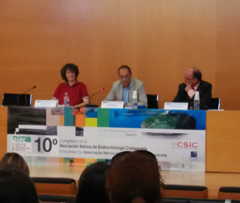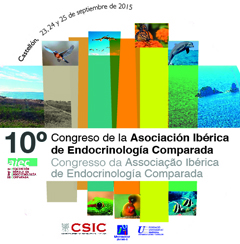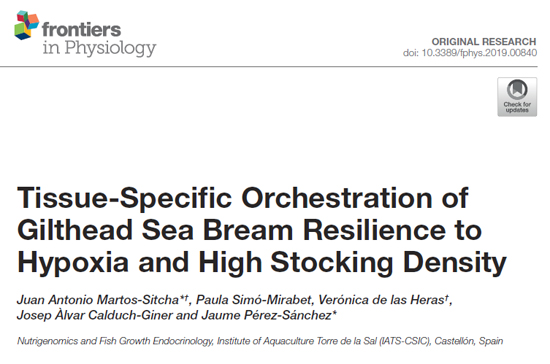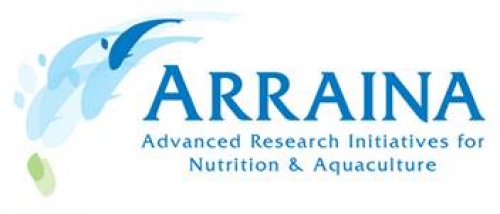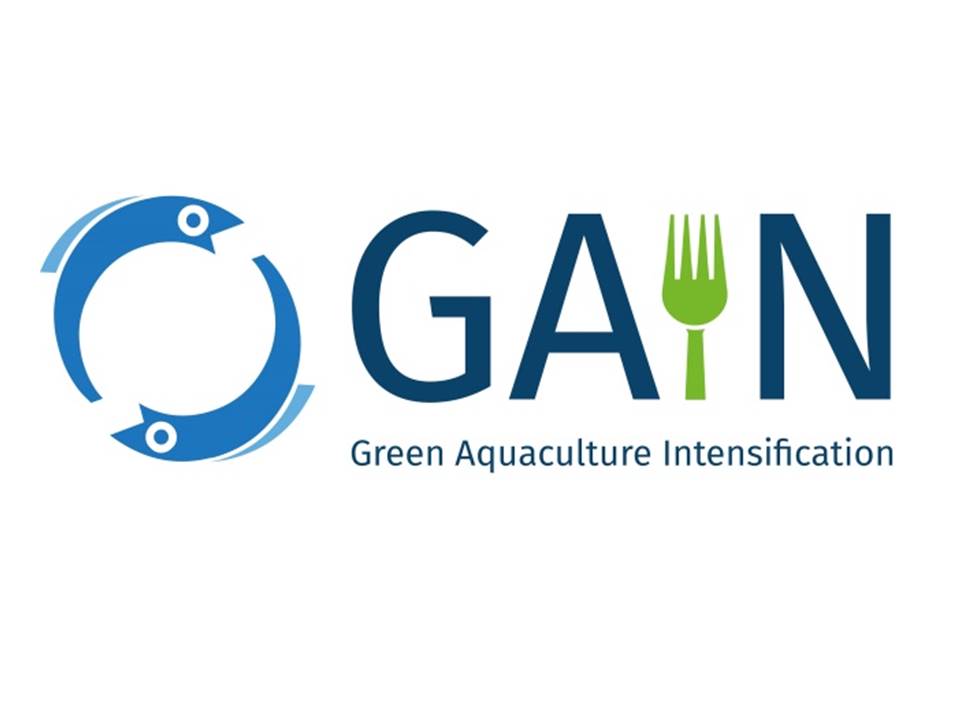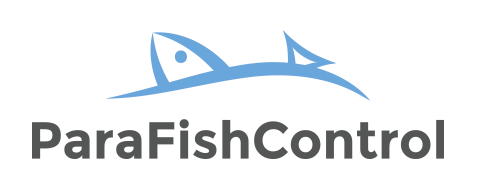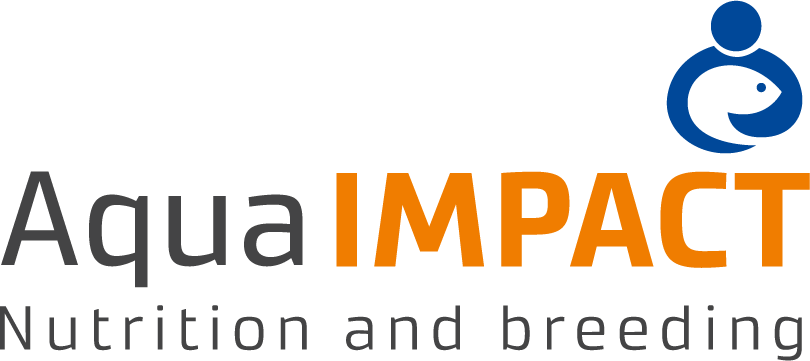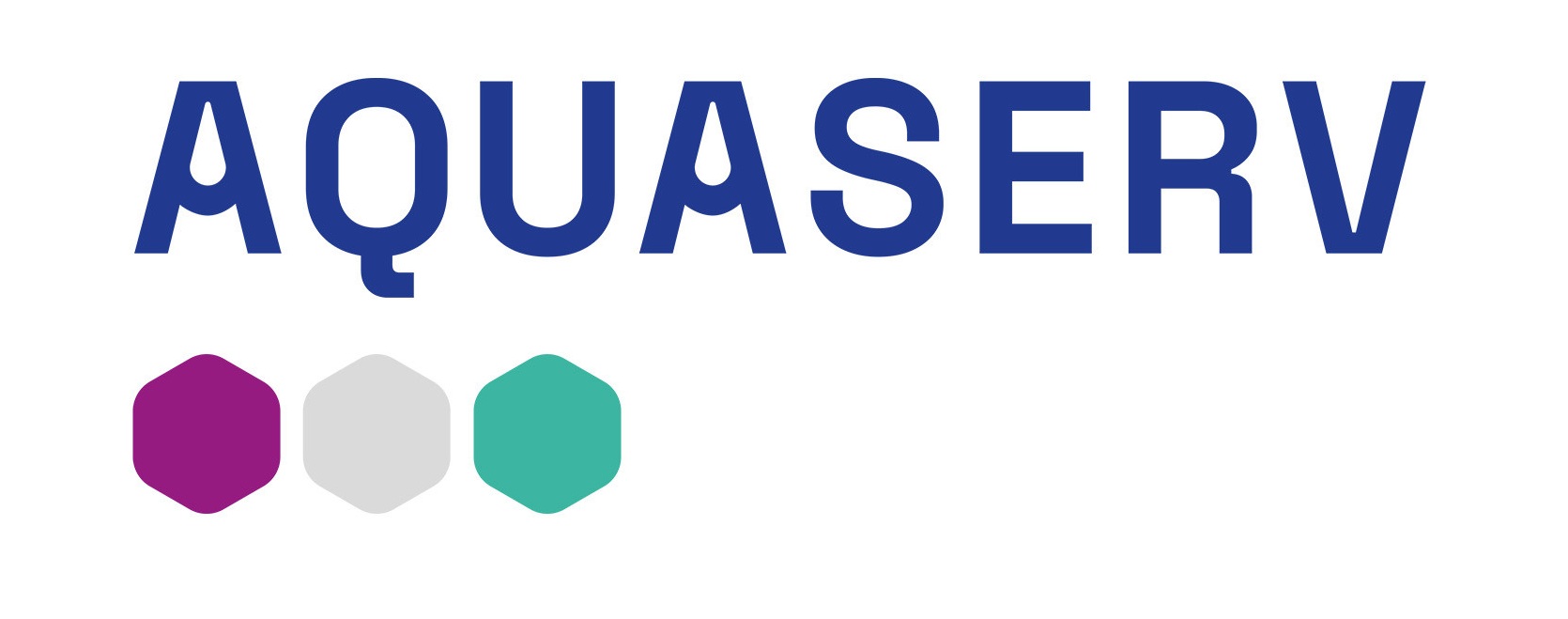Sea bream resilience to moderate hypoxia and high stocking density2019-08-02
Researchers of IATS Nutrigenomics and Fish Growth Endocrinology Group have assessed the re-adjustment of tissue metabolic and transcriptomic profile of gilthead sea bream exposed to two different levels of oxygen concentration (normoxia and moderate hypoxia) and stocking densities (9.5 and 19 kg/m3).
Integrated data on blood haematology, biochemistry and hormonal profiling evidenced that reduced oxygen availability induced a hypo-metabolic state with lower feed intake and growth rates, although it was accompanied by a more efficient energy metabolism. Transcriptional results also supported these findings, and the tissue-specific orchestration of stress response reflected the different metabolic capacities of targeted tissues (liver ≥ heart > skeletal muscle > blood). Knowledge on this global but also differential tissue-orchestration to reach the homeostatic load of fish is of special importance to warrant fish welfare during intensive farming conditions.
The results have been published in the Open-access Journal Frontiers in Physiology (link).
